Researching what your old house looked like
terrypy
9 years ago
Featured Answer
Comments (18)
arborardor
9 years agograywings123
9 years agoRelated Professionals
Amherst Kitchen & Bathroom Designers · Cuyahoga Falls Kitchen & Bathroom Designers · Lockport Kitchen & Bathroom Designers · Fullerton Kitchen & Bathroom Remodelers · Athens Kitchen & Bathroom Remodelers · Eureka Kitchen & Bathroom Remodelers · Glen Carbon Kitchen & Bathroom Remodelers · Mesquite Kitchen & Bathroom Remodelers · Waukegan Kitchen & Bathroom Remodelers · Wilson Kitchen & Bathroom Remodelers · American Fork Architects & Building Designers · Asbury Park Architects & Building Designers · Riverside Architects & Building Designers · Washington Architects & Building Designers · Syracuse Architects & Building Designerseaga
9 years agocamlan
9 years agoUser
9 years agoNHBabs z4b-5a NH
9 years agoStephanie
9 years agocalliope
9 years agocamlan
9 years agoSYinUSA, GA zone 8
9 years agoanniejeffbuffalo1885
9 years agotmo84
9 years agoNHBabs z4b-5a NH
9 years agosombreuil_mongrel
9 years agopolly929
9 years agoloveswindowsanddogs_gw gw
9 years agoraee_gw zone 5b-6a Ohio
9 years ago
Related Stories
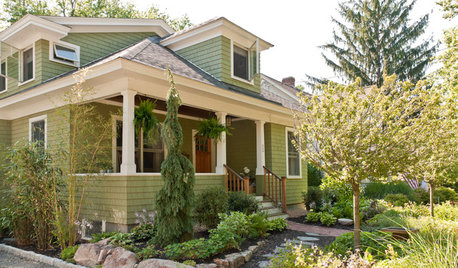
TRADITIONAL ARCHITECTUREHow to Research Your Home's History
Learn what your house looked like in a previous life to make updates that fit — or just for fun
Full Story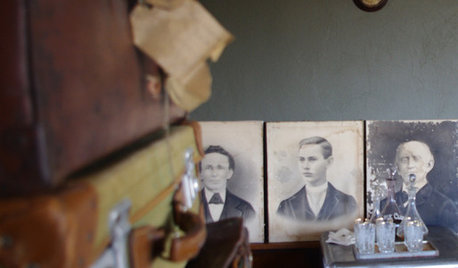
DECORATING PROJECTSWhat to Do With Old Family Photos
Find out how to research, share and preserve images that offer a connection to the past
Full Story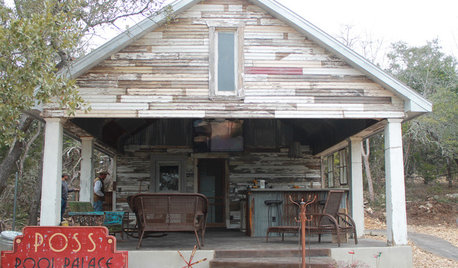
POOL HOUSESNew Pool House Comes by Its Weathered Look Naturally
The Texas Hill Country structure is made from materials salvaged from a dilapidated sharecropper's house and an old barn
Full Story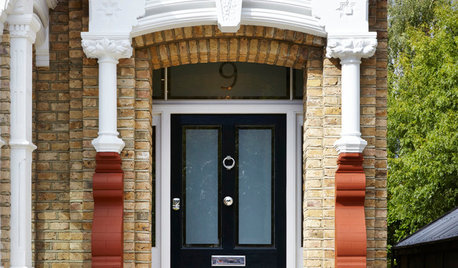
ECLECTIC HOMESHouzz Tour: A New House With a Grand Old Face
This Surrey, England, house looks for all the world like its late-Georgian neighbors, but it’s secretly newer. Much newer
Full Story
FURNITUREObjects of Desire: Recliners That Don’t Look Like Recliners
Forget bulky, hulky eyesores. These 7 smart and svelte chairs — some without levers — have mastered the art of disguise
Full Story
FURNITURE6 Decades-Old Designs That Look Better Than Ever
After getting a few nips and tucks, some favorites from the ’60s and ’70s have made a stylish comeback
Full Story
BUDGET DECORATINGBudget Decorator: 8 Ways to Make Old Furniture Look Brand New
Learn stripping, staining, painting and reupholstering basics to make bargain-basement furniture worthy of center stage at home
Full Story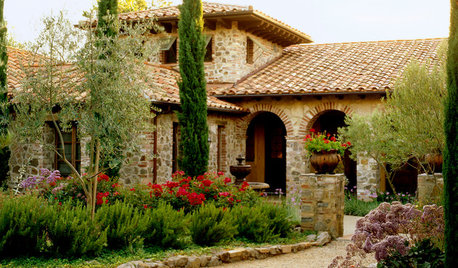
ROOFSRoof Materials: Get an Old-World Look With Clay Roof Tiles
The ancient roof material of choice remains the modern-day ideal for authentic Italian, Mediterranean and Spanish home styles
Full Story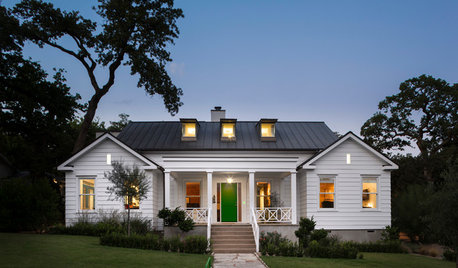
CONTEMPORARY HOMESHouzz Tour: Unusual Mixes of Old and New in Texas
Modern touches done in surprising ways give a traditional Austin house a whole new personality
Full StoryMore Discussions







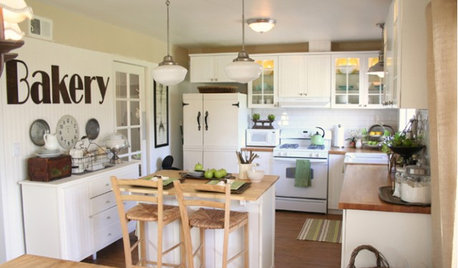




User